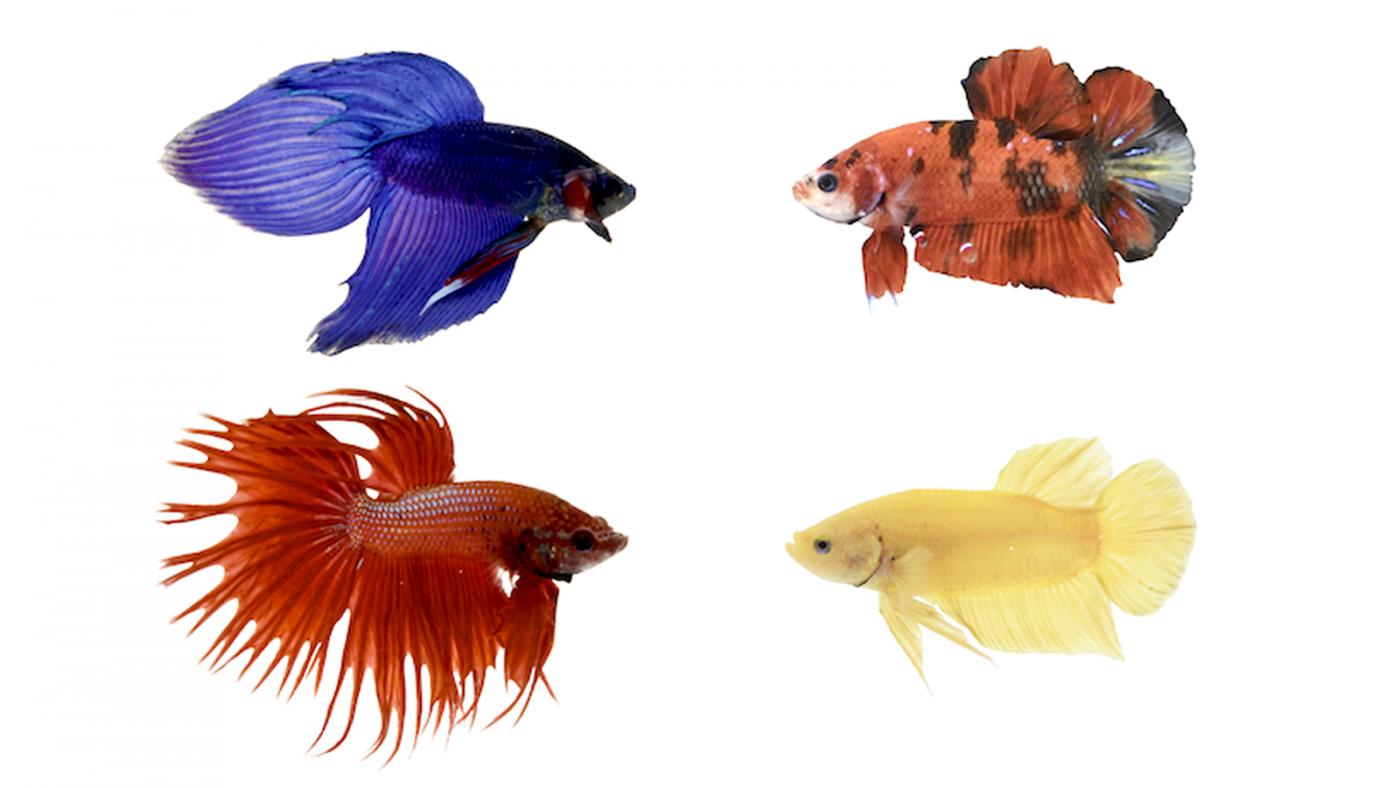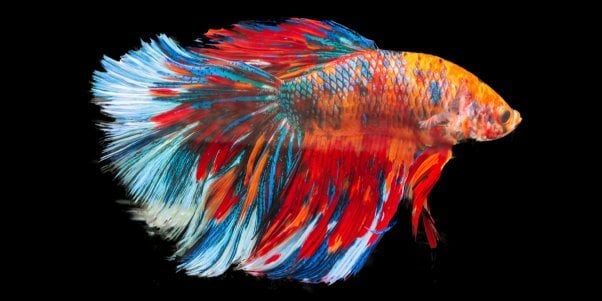Betta Fish Diet: What to Feed Your Betta for Optimal Health
Betta Fish Diet: What to Feed Your Betta for Optimal Health
Blog Article
All About Betta Fish: Recognizing Their Special Needs, Habits, and the most effective Practices for Ideal Care
Comprehending the one-of-a-kind needs and behaviors of Betta fish is vital for any kind of aquarist looking to provide optimal care. betta fish. As we check out these aspects additionally, the effects for both amateur and experienced fish keepers end up being progressively obvious, increasing concerns regarding exactly how ideal to suit these impressive fish in our homes.
Betta Fish Overview
Although often admired for their vibrant colors and flowing fins, Betta fish, scientifically known as Betta splendens, are complex creatures that require specific like flourish. Originating from Southeast Asia, these freshwater fish are known for their territorial nature and unique behaviors. Betta fish show sex-related dimorphism, with males displaying more vivid shades and longer fins than women.
Their aggressive tendencies, specifically amongst males, demand mindful consideration when housing them. Bettas are often maintained in single-specimen storage tanks to avoid territorial disputes. Nonetheless, they can exist together quietly with certain suitable species in bigger neighborhood tanks, gave the atmosphere meets their demands.

To make certain optimum treatment, aquarists must understand their special behavior attributes, nutritional demands, and habitat requirements. betta fish. With proper attention, Betta fish can exhibit their dynamic characters and flourish in a well-kept aquarium setting
Natural Habitat and Environment
Betta fish flourish in a diverse range of all-natural environments, mainly found in the shallow waters of Southeast Asia, consisting of rice paddies, swamps, and slow-moving streams. These settings are defined by warm temperatures, generally between 75 ° F and 82 ° F(24 ° C and 28 ° C ), and a pH degree varying from 6.5 to 7.5, which is suitable for their health and wellness and wellness.
In their natural environments, Betta fish are accustomed to dense plant life, giving both shelter and reproducing premises. The existence of plants such as floating water lilies and thick turfs not only offers defense from killers yet likewise contributes to the oxygenation of the water, which is vital for their breathing needs. Furthermore, these atmospheres often have areas of still water, enabling Betta fish to exhibit their natural behaviors such as bubble nesting.
Understanding the all-natural habitat of Betta fish is important for aquarium fanatics. Reproducing these problems-- with water temperature level, pH balance, and the inclusion of real-time plants-- can substantially enhance the overall wellness and durability of these captivating fish, guaranteeing they grow in a home fish tank setting.
Social Behavior and Interactions
Understanding the social actions and communications of Betta fish is important for successful fish tank management. Betta fish, or Siamese combating fish, are known for their unique behavioral attributes, characterized largely by territoriality and aggression. Men, in particular, present very aggressive behaviors towards one an additional, leading to the infamous credibility of Betta fish as boxers. In a confined space, 2 males can take part in violent conflicts, often causing injury or fatality.
On the other hand, women Bettas show much less aggressive behavior and can exist together in teams, known as sororities, if introduced effectively. However, it is vital to check their interactions carefully, as hierarchy and supremacy can bring go to website about conflicts. Recognizing the characteristics within a Betta area is essential; developing concealing areas and ensuring enough area can reduce aggression.
Furthermore, Betta fish might additionally show curiosity and social behaviors in the direction of various other species. While they can coexist with particular non-aggressive storage tank companions, it is necessary to choose suitable types to avoid stress and anxiety and hostility. In general, identifying these social communications is essential to fostering an unified aquarium environment for Betta fish.
Essential Care Standards
Giving appropriate look after Betta fish is crucial to their wellness and wellness. To ensure a growing atmosphere, it is essential to preserve optimal water problems. The water temperature need to be kept in between 76 ° F and 82 ° F(24 ° C to 28 ° C), while pH levels must range from 6.5 to 7.5. Routine water changes-- around 25% weekly-- assistance keep water high quality.
Betta fish require an ideal tank size; a minimum of 5 gallons is advised to offer adequate area for swimming and hiding. Consist from this source of designs and plants to develop a revitalizing environment, however avoid sharp things that could damage their fragile fins.

Finally, ensure the storage tank is geared up with a filter to maintain the water tidy, however utilize a gentle filter to prevent strong currents that can worry the fish. By adhering to these essential care guidelines, owners can advertise a healthy and lively Betta fish.
Common Health And Wellness Issues and Solutions
In the treatment of Betta fish, recognition of common health issues is vital for keeping their health. One common problem is fin rot, commonly brought on by poor water high quality or microbial infection. Signs and symptoms consist of frayed or tarnished fins. To treat fin rot, enhance water conditions and consider making use of a broad-spectrum antibiotic.
Another usual ailment is ich, a parasitical infection identified by white areas on the fish's body (betta fish). Treatment entails boosting water temperature and including aquarium salt to the storage tank, as this can assist get rid of the bloodsucker
Swim bladder disorder is likewise regularly observed, bring about buoyancy issues. This problem may develop from overfeeding or irregular bowel movements. A fasting duration of 24-48 hours, followed by a diet plan of blanched peas, can give relief.
Finally, bettas might endure from velvet disease, indicated by a gold dust-like appearance on their skin. Treatment typically needs medicine especially designed for outside bloodsuckers, along with boosted tank hygiene.
Routine tracking of water criteria, keeping a clean environment, and offering a balanced diet plan are critical preventive measures. By attending to these wellness issues quickly, Betta fish can lead healthier, a lot more lively lives.
Verdict
In recap, effective betta fish treatment calls for an understanding of their one-of-a-kind demands and actions. Giving an ideal environment, including appropriate storage tank size and water conditions, is important for their wellness. Furthermore, acknowledging their territorial nature and making sure sufficient hiding areas can avoid hostility. Routine monitoring of health and water quality, along with a balanced diet, contributes Your Domain Name to the long life and vibrancy of betta fish. Sticking to these guidelines will certainly cultivate a growing water environment for these fascinating animals.
Report this page